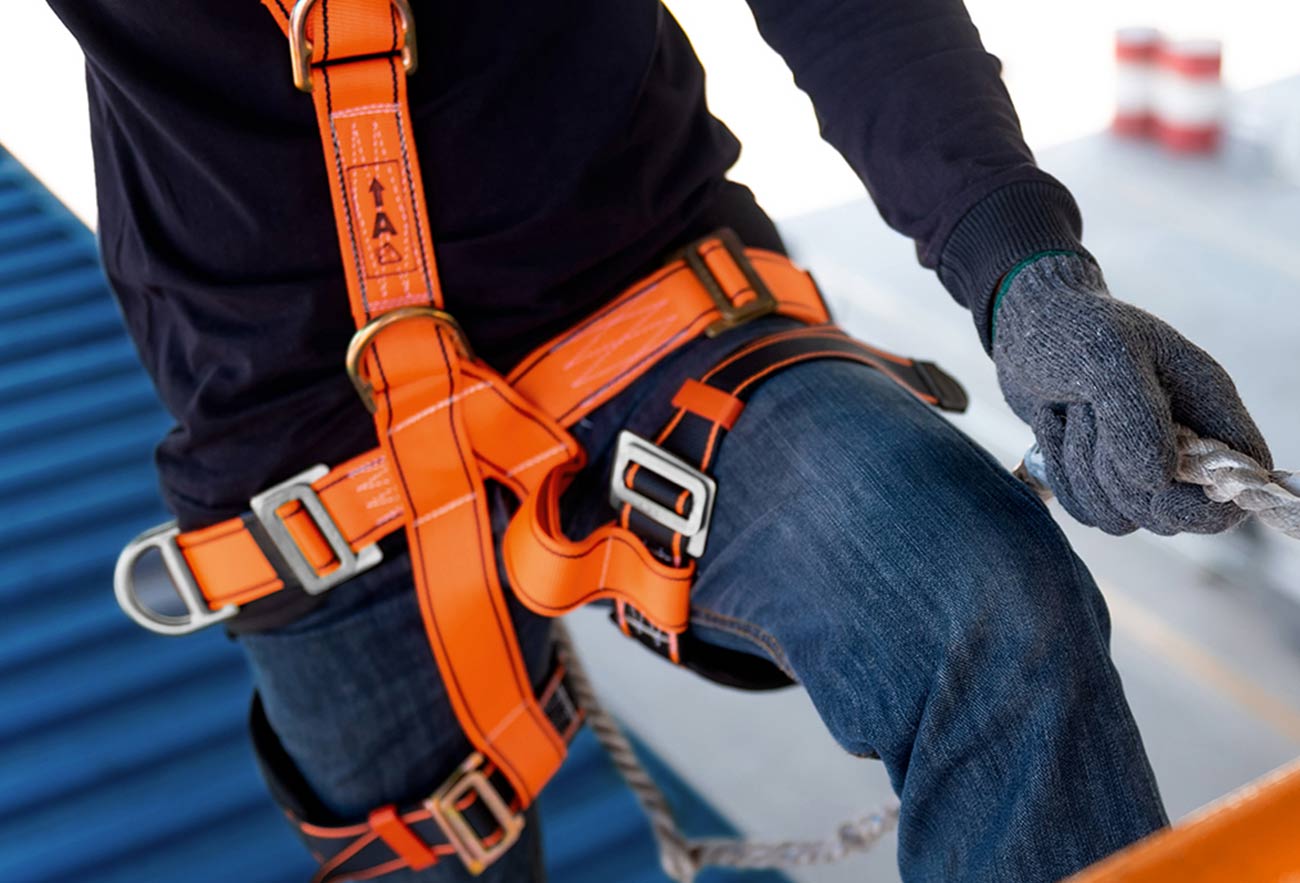
Key safety measures and why tackle them first
Safety is paramount in any construction project, and prioritizing key safety measures is essential to ensure the well-being of workers and the success of the project. In this article, we explore some of the critical safety measures and why addressing them first is crucial for a safe and productive work environment.
1. Hazard Identification and Risk Assessment
Before any work begins, it’s essential to identify potential hazards and assess the associated risks. This includes analyzing the site layout, equipment, materials, and environmental factors to determine potential sources of danger. By conducting a thorough risk assessment, project managers can develop strategies to mitigate risks and implement appropriate safety measures.
2. Safety Training and Education
Investing in comprehensive safety training for all workers is essential to promote awareness and prevent accidents. Training should cover topics such as proper use of equipment, handling hazardous materials, emergency procedures, and safe work practices. By ensuring that workers are well-trained and informed, companies can reduce the likelihood of injuries and create a culture of safety on the job site.
3. Personal Protective Equipment (PPE)
Providing workers with the appropriate personal protective equipment is crucial for minimizing the risk of injury. This may include hard hats, safety goggles, gloves, steel-toed boots, and high-visibility clothing, depending on the nature of the work. Ensuring that workers wear PPE consistently and correctly can help protect them from potential hazards such as falling objects, flying debris, and chemical exposure.
4. Fall Prevention and Fall Protection
Falls are one of the leading causes of injuries and fatalities in the construction industry. Implementing fall prevention measures, such as guardrails, safety nets, and scaffolding, can help reduce the risk of falls from heights. Additionally, providing fall protection equipment, such as harnesses and lanyards, and ensuring proper anchorage points are in place are essential for workers who perform tasks at elevated heights.
5. Equipment Safety Checks
Regular maintenance and safety checks of equipment and machinery are essential to identify potential defects or malfunctions that could pose a risk to workers. This includes inspecting tools, vehicles, scaffolding, and power equipment for signs of wear and tear, damage, or malfunction. Performing routine maintenance and addressing any issues promptly can help prevent accidents and ensure the safe operation of equipment.
6. Emergency Preparedness
Being prepared for emergencies is critical to respond effectively in the event of an accident or unexpected incident. This includes having a comprehensive emergency response plan in place, identifying emergency exits and evacuation routes, providing first aid kits and medical supplies, and conducting regular emergency drills. By planning ahead and ensuring that workers know what to do in an emergency, companies can minimize the potential impact of accidents and injuries.
Conclusion
Prioritizing key safety measures is essential for creating a safe and productive work environment in the construction industry. By identifying potential hazards, providing comprehensive training, ensuring the proper use of personal protective equipment, implementing fall prevention measures, conducting equipment safety checks, and preparing for emergencies, companies can protect the well-being of their workers and mitigate the risk of accidents on the job site. Ultimately, investing in safety is not only a legal and ethical obligation but also a sound business decision that promotes employee morale, reduces costs associated with injuries, and contributes to the overall success of the project.




Denis Ford
Quam adipiscing vitae proin sagittis nisl rhoncus mattis. Aliquam faucibus purus in massa tempor nec. Urna nec tincidunt.